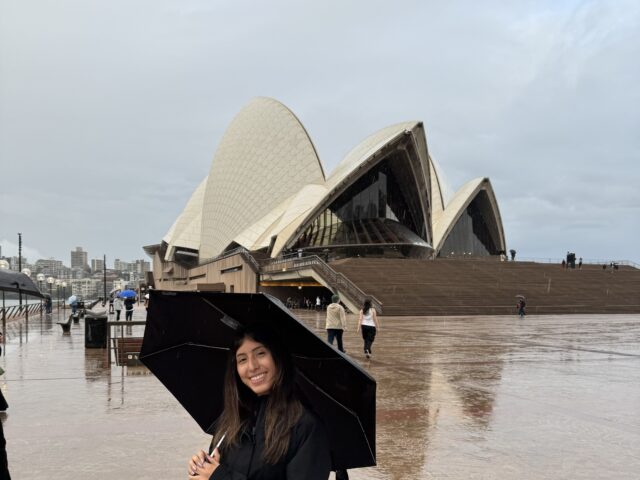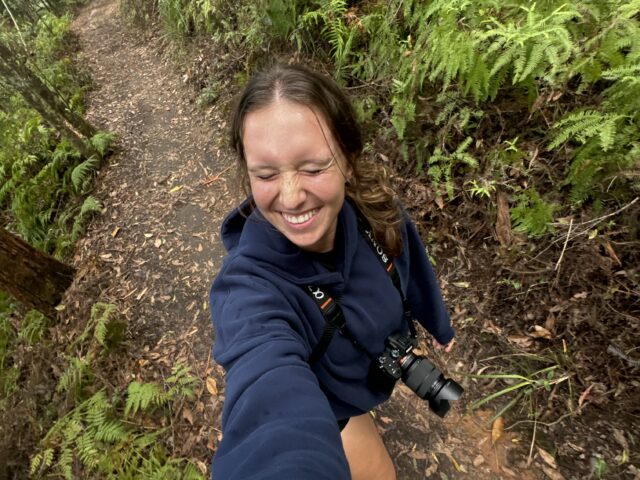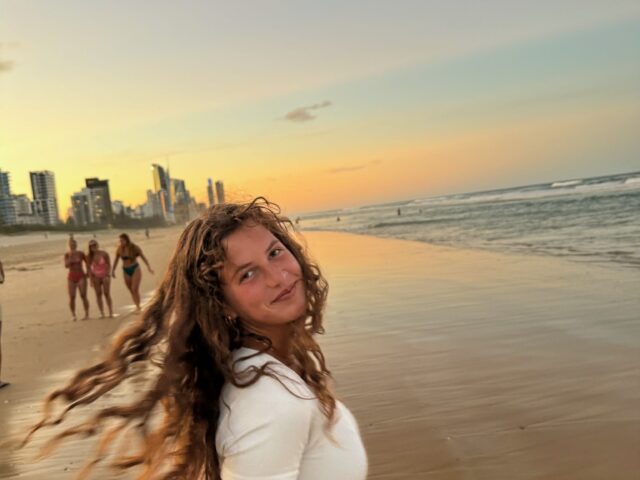Australia’s efforts to “go green” was one of the main topics of my study abroad program. The country’s use of renewables is greatly increasing as it is working hard to become one of the world’s leaders in renewable energy. Currently, Australia is making its largest strides in the solar energy sector! Because the Australians get so much sunlight throughout the year they have really embraced solar energy, making solar panels the norm rather than an added feature or second thought.

While exploring the country I remembered thinking about how interesting it was that so many houses and buildings had solar panels. The other two most popular forms of renewable energy that Australia is growing in are wind energy and geothermal energy.
While it can be said that the country of Australia as a whole is moving in the direction of renewable energy, some citizens of Australia have taken it upon themselves to start by reducing their own footprint and changing the way they live.

Australia has several sustainable communities and urban farms across the country. The first one we visited during our program, Starseed Gardens, is a functioning eco-friendly community in Byron Bay where people live and work. Starseed Gardens hopes to be self-sustaining within a few years and it is their goal to encourage others to live simpler lives, recycle, and survive off basic needs.

The next community we visited was called CERES Community Environment Park. This park had a very inviting feel as it was more of an instructional and educational place. They had several solar panels, wind turbines, water pumps, and even a geothermal pump for get energy.

CERES also had a farm and organic food store where locals often come to buy groceries. Thus, Starseed Gardens is a way-of-life community inspiring others to inhabit the lifestyle, while CERES is an educational community hoping to teach others how to make changes to save energy in their daily lives. These two communities are at very different extremes, but both serve the same purpose of becoming more environment-friendly.

A final example of Australia going green is its new, $6 billion dollar urban renewal project called Barangaroo. It is being constructed on the western edge of the Sydney Harbour and will provide a living and working community for thousands of people in Sydney. While ‘urban project’ and ‘$6 billion dollars’ may not seem like an energy-saving or sustainability project, those were actually the focal points of the entire design.
Barangaroo was meant to make better use of a desolate area and at the same time give back to the community. Some of the many sustainability actions at Barangaroo are: solar renewable energy on-site, renewable water systems, reducing landfill waste with recycling systems, planting 100% native plants, manufacturing soil from waste, etc.

Barangaroo will also house the project workers and local workers in order to promote green travel (walking and biking). The overall efforts made by the designers and organizations involved are set to make Barangaroo and unmatched sustainability and urban renewal project.
Australia is well on its way to being a leader in renewable energy. Smart design decisions and the natural environment and climate will continue to be exploited in order for the country to save energy, money and be more efficient.
Janae Butler is a TEAN Alum and student at University of Pittsburgh. She studied abroad with TEAN in Australia on the Summer Down Under program.







